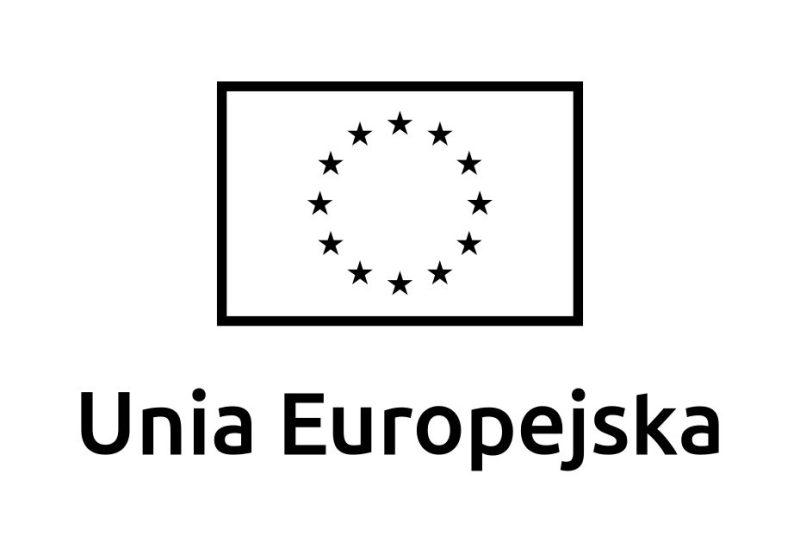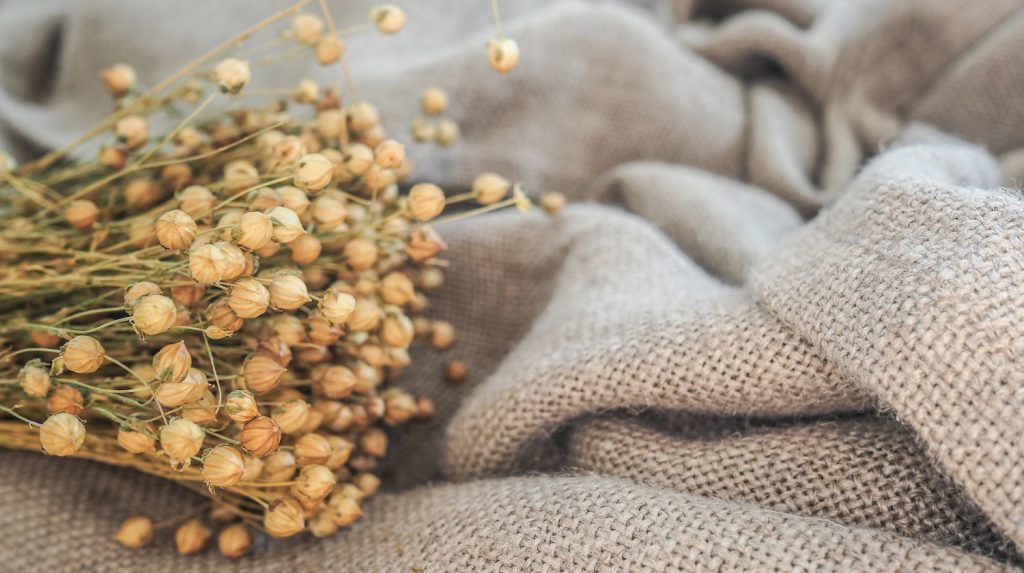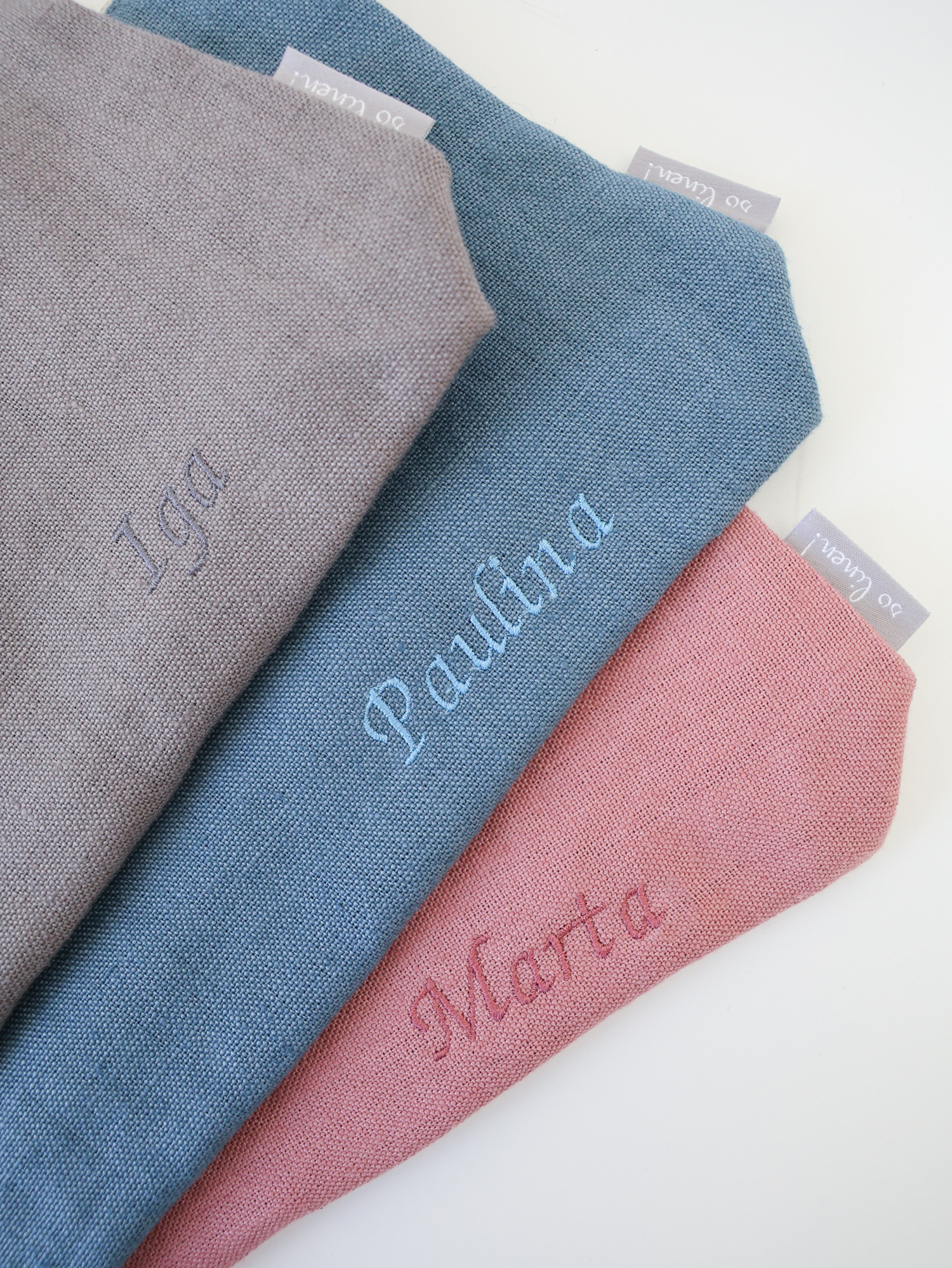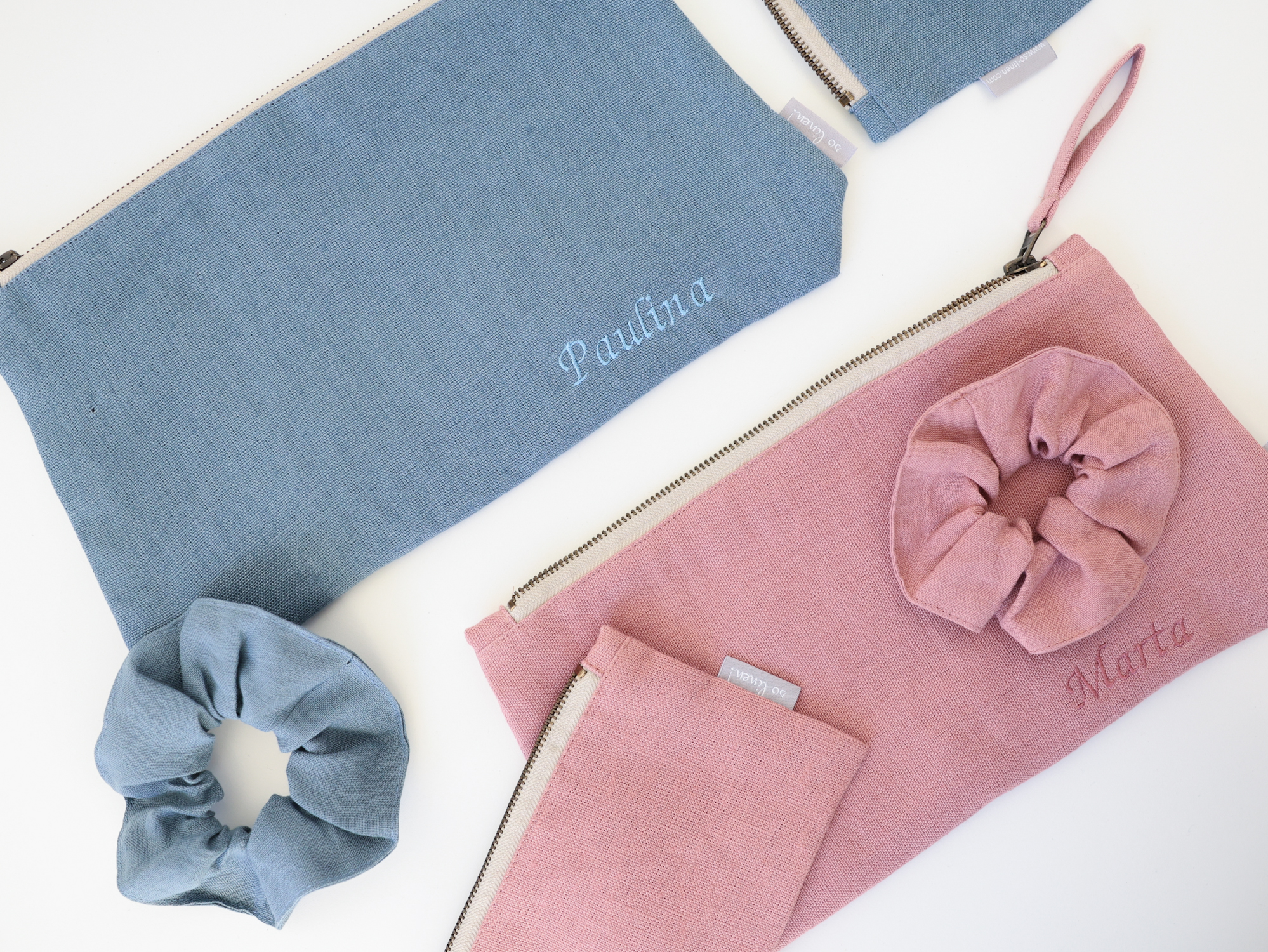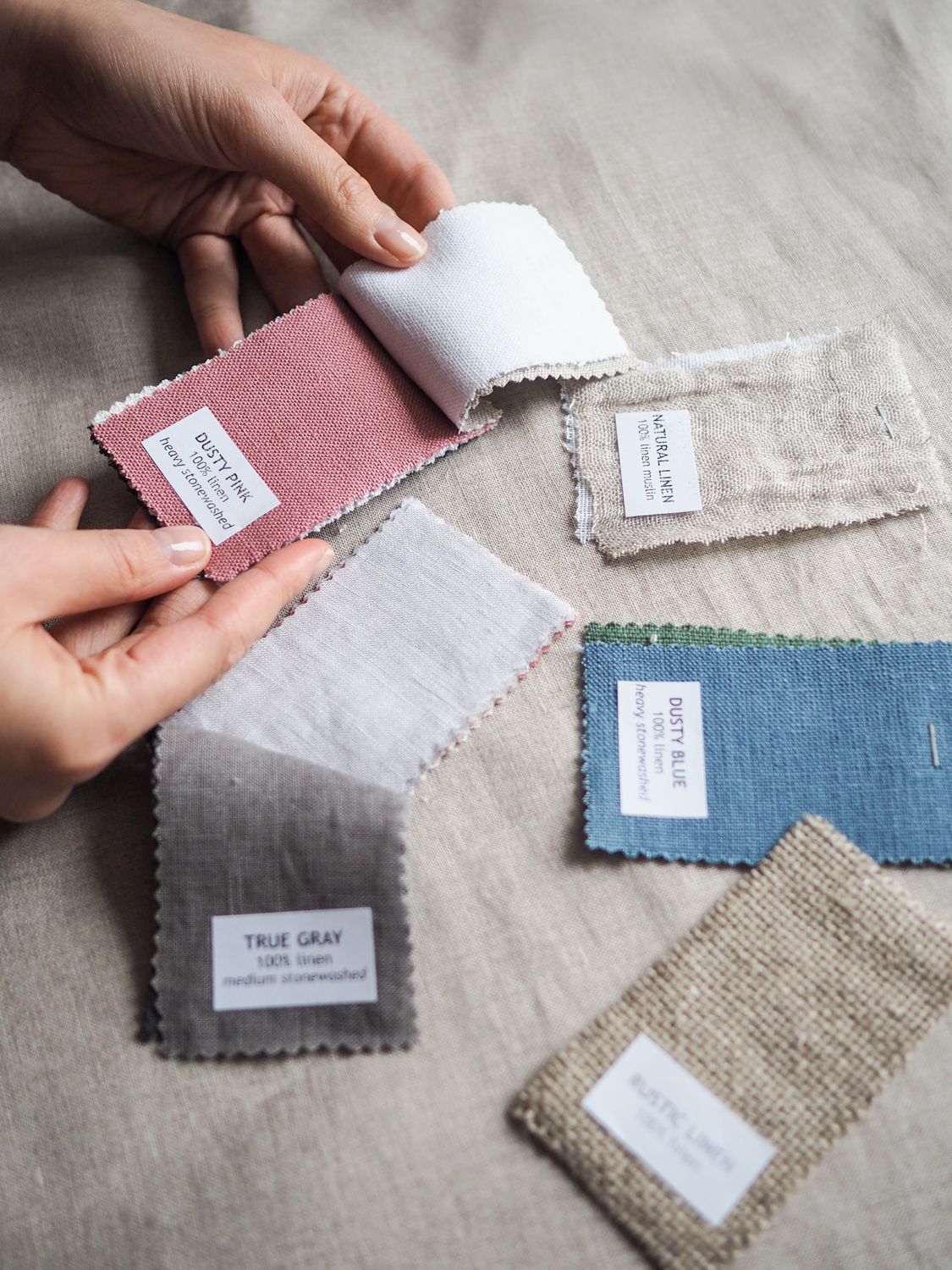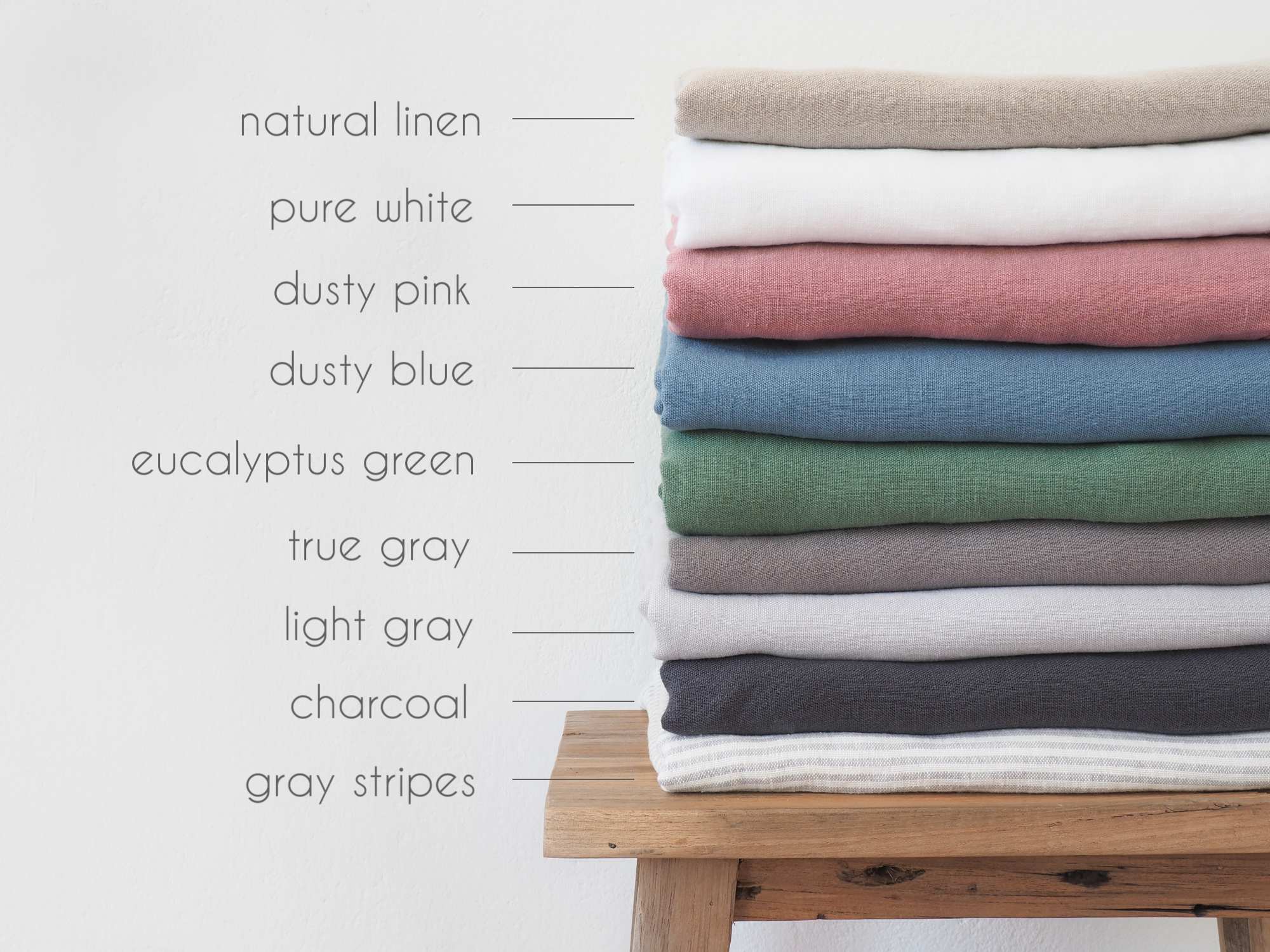Uncategorized
Linen quality – what to pay attention to?
We have already mentioned the quality of linen on our blog many times. We have mentioned its naturalness, durability and hypoallergenic properties. All these features added up to the highest quality fabric, which was appreciated already in ancient times. So when buying linen sheets or linen tablecloths, it is worth paying attention to certain elements that signal to us that a given product meets the highest quality standards. Thanks to a few of our suggestions, it will be much easier for you to evaluate the material, avoiding blends that are allegedly based on linen. We hope that this way you will avoid fraud and choose the fabrics you want.
THE MYSTERIOUS WRINKLING
Wrinkling and elasticity are the two dimensions that define linen. The first one describes whether a given material creases under the influence of use. The second tells if the material has the ability to return to its original shape.
Linen itself shows the ability to crease, mainly because of its natural origin. It is worth noting, however, that ironing linen sheer curtains or linen blankets is extremely easy – durable weaves can easily withstand the high temperatures of our iron. So if the fabric does not wrinkle and retains flexibility, we are most likely dealing with a linen-like product, which imitates linen, but it is not (and thus – it does not have the properties attributed to this fabric). It is worth remembering that resilience and elasticity are mainly the domain of synthetic and artificial fibers (e.g. lycra, polyester and acrylic).
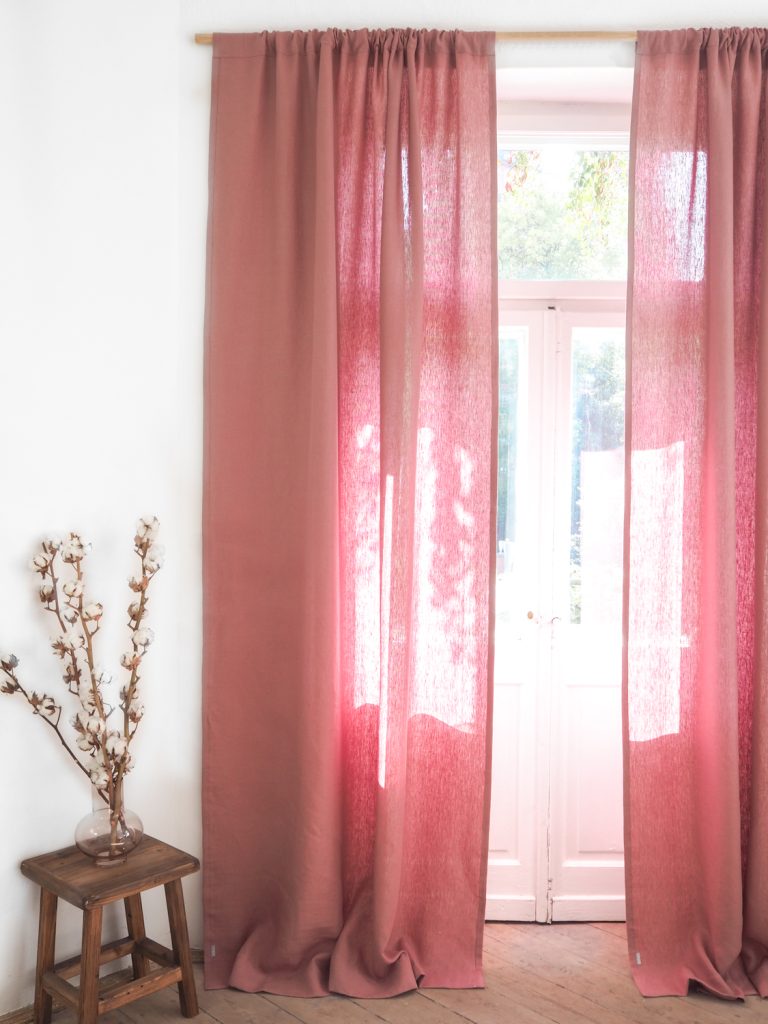
PRICE MEANS QUALITY
Linen has extremely valuable properties – it is sun-resistant, hygroscopic, antibacterial and durable, thanks to which it does not pill, like for example wool. All these features caused that in ancient times flax was a substitute for currency, having been more valuable than gold. Seeds that could feed entire villages and civilisations, were sold for sacks of flax. Currently, it is grown in many parts of the world, and the most valuable comes from ecological, European crops – including in France, Belgium, the Netherlands and Ireland.
Contrary to appearances, little has changed in this matter today – linen is still recognized for its properties, and its production still includes a number of exhausting and long-lasting stages. No wonder that the value of the linen fabric is higher than the value of available cotton or synthetic polyester. To put it bluntly: the price comes with quality, thanks to which linen sheets will serve us for many nights together, and linen table runners will decorate many Christmas tables.

WHAT ABOUT FABRIC BLENDS?
WHAT ABOUT FABRIC BLENDS? More and more often we find in stores the so-called blends that are only partly based on natural fibers. Their main goal is to lower the price of the goods, creating the illusion of quality and durability, worthy of the noblest materials. By combining linen with other, cheaper raw materials – e.g. cotton, viscose or, in extreme cases, even with polyester (!) – manufacturers argue that the characteristics of the fabric will be almost identical to those based on 100% composition. This fabric is called semi-linen and does not replace products made exclusively of linen.
It is worth remembering that with the admixture of other fibers – both artificial and noble (such as silk), the appearance and properties of the material change. Therefore, only 100% linen can provide us with the desired durability, structure and design.
